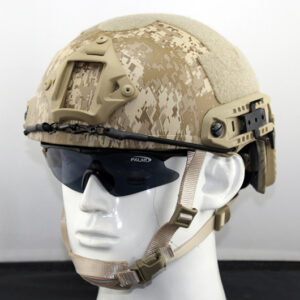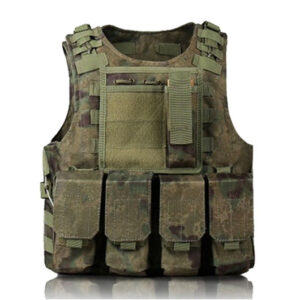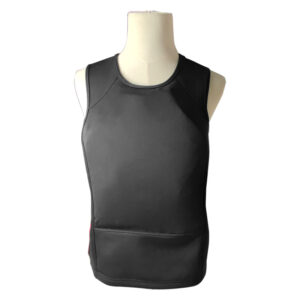Police Equipment comprises a wide range of essential tools and gear that are vital for law enforcement officers to effectively carry out their duties and protect communities. In this comprehensive article, we will explore various types of police equipment, including their functions, advantages, and the critical role they play in maintaining public safety.
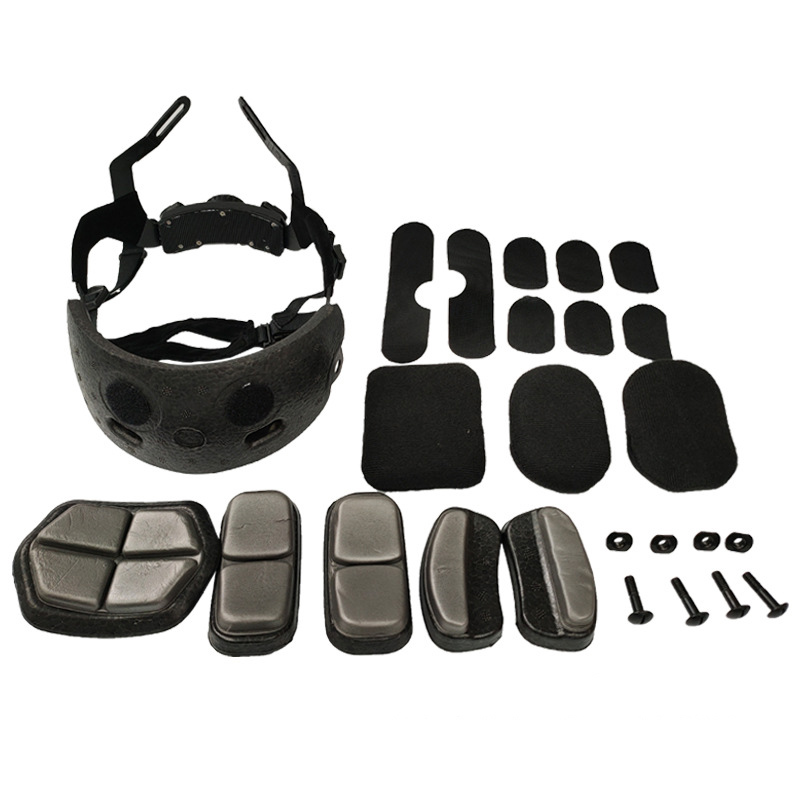
Firearms and Non-Lethal Weapons Firearms are one of the most fundamental tools in law enforcement. Officers are equipped with handguns, shotguns, and rifles, providing them with the means to respond to potential threats and dangerous situations. Non-lethal weapons, such as tasers and pepper spray, offer additional options for subduing suspects without causing fatal injuries. The strategic use of these tools ensures a balanced approach to law enforcement while minimizing the risk of harm to both officers and civilians.

Body Armor and Ballistic Protection Body armor is a crucial component of police equipment, providing officers with much-needed protection against gunfire and other potentially life-threatening situations. Modern body armor utilizes advanced materials like Kevlar and ceramic plates to offer superior ballistic protection without compromising mobility. The availability of various levels of protection ensures that officers can choose the appropriate gear based on their assignments and potential threats.
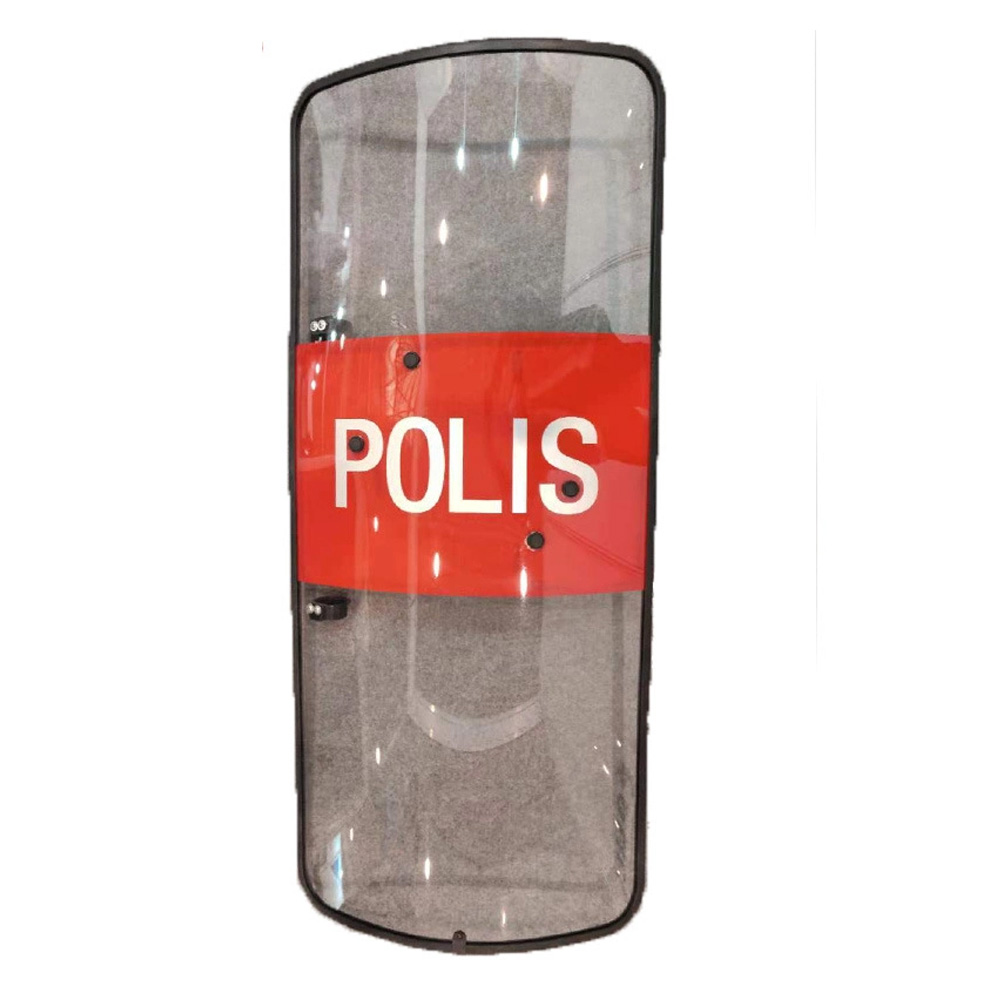
Duty Belts and Holsters Duty belts serve as platforms for carrying essential equipment, including firearms, handcuffs, batons, radios, and other tools. These belts are designed for durability, comfort, and easy access to equipment during critical moments. Holsters play a pivotal role in securely housing firearms and ensuring quick and safe draws when needed. Well-designed duty belts and holsters enhance officer efficiency and effectiveness in the field.
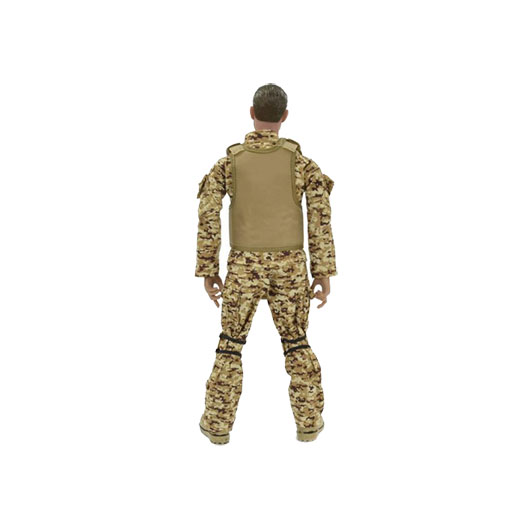
Communication and Surveillance Devices Clear and efficient communication is vital for effective law enforcement operations. Officers rely on portable radios and communication systems to stay connected with their team members and coordinate responses to emergencies. Additionally, surveillance equipment, such as body-worn cameras and dash cameras, plays a crucial role in capturing accurate accounts of incidents and providing valuable evidence for investigations and legal proceedings.
Protective Gear and Riot Equipment Police officers are often required to manage large crowds and potentially volatile situations. Riot equipment, including anti-riot helmets, shields, and protective gear, provides officers with added safety during riot control and crowd management. The presence of this equipment helps maintain order and minimizes the risk of injury to both officers and demonstrators.
Forensic and Investigation Tools Police equipment also includes a wide array of forensic and investigation tools. These tools aid officers in gathering evidence, processing crime scenes, and conducting thorough investigations. From fingerprint kits to evidence collection bags, these resources are essential for solving crimes and ensuring justice is served.
Police equipment plays a pivotal role in ensuring the safety of law enforcement officers and the public they serve. Firearms and non-lethal weapons offer officers the means to respond to threats appropriately, while body armor and ballistic protection provide vital defense. Duty belts, holsters, communication devices, and surveillance equipment enhance officer efficiency and effectiveness. Additionally, protective gear and riot equipment help maintain order during challenging situations. The availability of forensic and investigation tools aids officers in solving crimes and upholding the principles of justice. Together, these various components form a comprehensive toolkit that empowers law enforcement officers to carry out their duties with professionalism, safety, and effectiveness.
